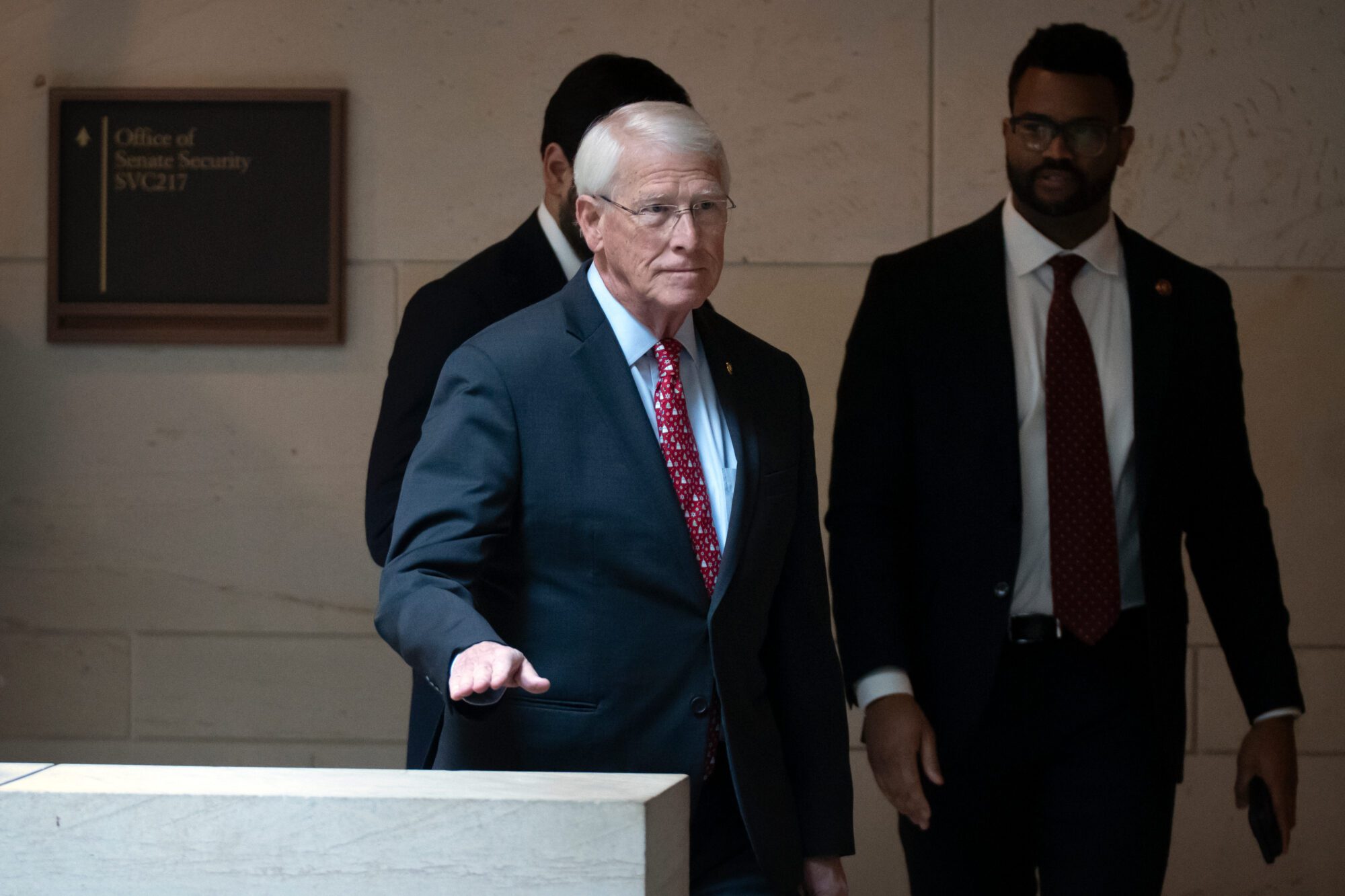
Lawmakers could consider targeted strategies to incentivize the most at-risk teachers.
Why are Mississippi teachers leaving their classrooms at an unprecedented rate?
With one in five public school teachers in Mississippi leaving their job following the 2021-2022 school year, this question should be at the top of our minds as state lawmakers return to Jackson for the 2023 legislative session.
The last year has been a roller coaster for Mississippi’s educator pipeline. In late 2021, Mississippi First surveyed 6,496 teachers—one in five statewide—and learned that 53.6% were “somewhat” or “very likely” to exit their classroom in the next 12 months. This was alarming, but the legislature soon responded by passing the largest single-year teacher pay raise in Mississippi history.

But before teachers could even receive their first updated paycheck in July 2022, the highest percentage of teachers in at least six years resigned: 19.9% of teachers statewide chose not to return to their district for the 2022-2023 school year. Teacher turnover of this magnitude also represents a huge spike from relatively low attrition rates during the first two years of the pandemic.
What gives?
Thankfully, in addition to surveying teachers’ career plans in 2021-2022, we asked about teachers’ pathways into the profession, financial well-being, policy preferences, and backgrounds. Cross-referencing these data points for over six thousand educators has yielded a trove of actionable findings for improving retention and recruitment in Mississippi’s educator pipeline.
In Eyeing the Exit: Teacher Turnover and What We Can Do About It, co-author Grace Breazeale and I present the results of this survey, which reveal that Mississippi educators live very different realities from one another. Nowhere is this clearer than in their standard of living.
Some teachers live relatively comfortable lives, despite earning, on average, roughly $20,000 less than similarly-educated professionals. They are able to support families and do not report difficulty affording basic necessities like housing and transportation. These teachers often have little to no student loan debt.
Many teachers, though—perhaps as many as half—live on the brink of poverty. Nearly half of teachers in our survey (49.9%) reported difficulty affording at least one basic necessity (food, transportation, housing, and/or medical care) and 18.4% reported difficulty affording all four. Roughly half (50.4%) found it necessary to work a second job. One in seven (15.1%) reported they would be unable to pay for a $400 emergency expense.
These stark differences between teachers who are financially insecure and those living relatively comfortably have less to do with choices they have made than who they are. Survey results reveal that earning an advanced degree or pursuing a particular educator preparation route are not necessarily associated with improved financial outcomes. On the other hand, characteristics indicative of an educator’s background—such as their race or whether they had to take out student loans to attend college—are strongly associated with financial well-being.
Chronically low pay for Mississippi teachers prevents many from pursuing the necessary upward mobility to achieve an acceptable standard of living. This mobility ceiling is the primary obstacle to cultivating a strong, reliable educator pipeline in Mississippi. While it may seem like common sense, survey results confirm that teachers who are financially insecure are significantly more likely to seek out better-paying opportunities elsewhere, be that teaching across the river in Louisiana or taking a corporate job, for example. Those most at risk of leaving include Black teachers, teachers with advanced degrees, and teachers with 6-11 years of experience.
Mississippi must continue to invest in its educator pipeline in order to attract and retain teachers. The 2022 pay raise was a promising development for enabling upward mobility in K-12 education, but its impact was stymied by record inflation over the last year: if we account for inflation, the $4,500 increase to the starting salary only boosted pay in “real dollars” by $1,346 from the year before.
Legislators may want to consider a cost-of-living adjustment to the statewide salary schedule, but there are also more targeted strategies to incentivize the most at-risk teachers. These include expanding eligibility and removing the cap on awards for the Winter-Reed Teacher Loan Repayment Program, lowering premium contributions for teachers’ spouses and children on the State and School Employees’ Health Insurance Plan, and implementing a critical shortage stipend to incentivize teaching in Mississippi’s hardest-to-staff districts.
The price tag for these initiatives range from free (expanding Winter-Reed) to just a fraction of the cost of last year’s pay raise (lowering premium contributions or implementing a critical shortage stipend). Most importantly, they would contribute to building the thriving and reliable educator pipeline that Mississippi students deserve.









